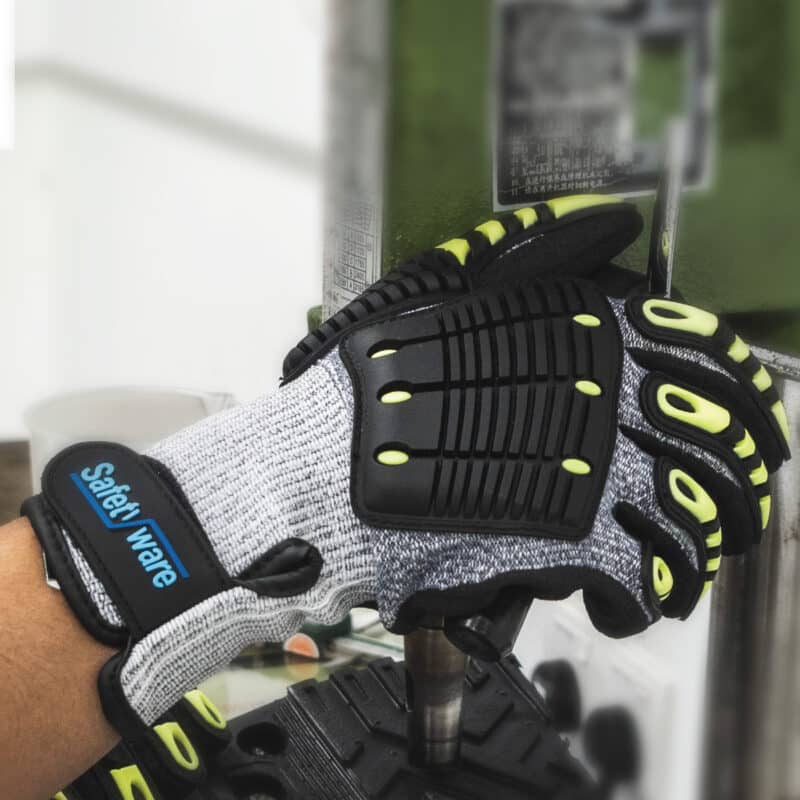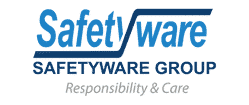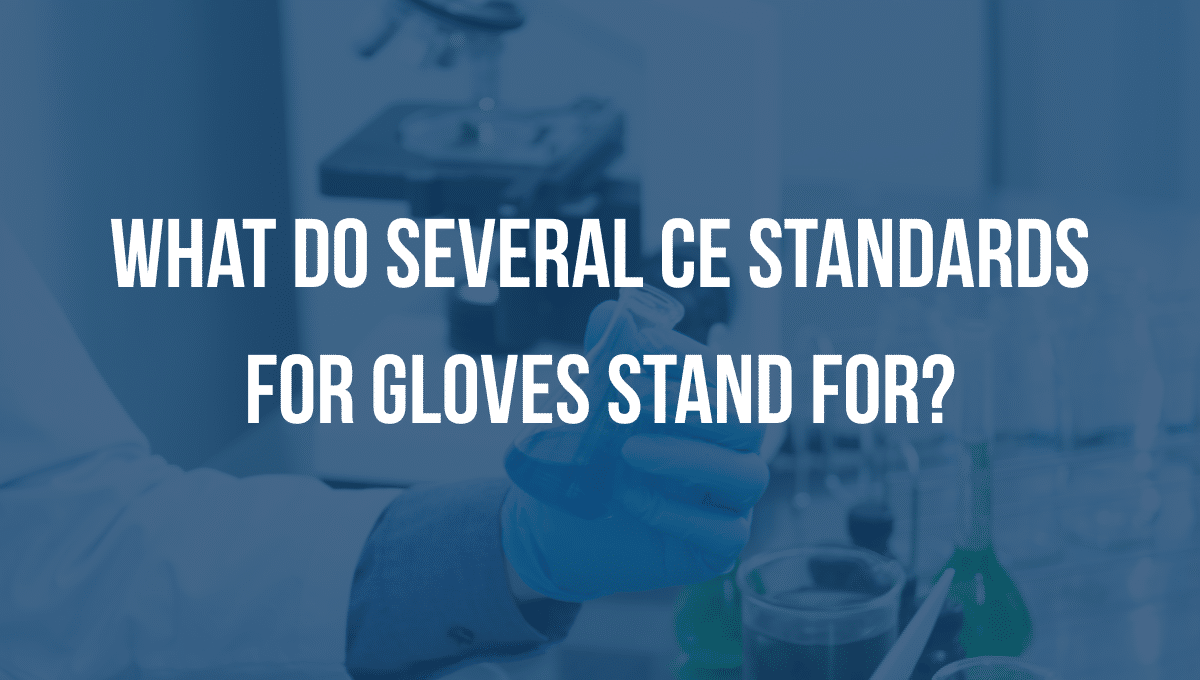CE marking on safety gloves signifies compliance with European health, safety, and environmental regulations. These standards ensure gloves provide reliable protection against specific workplace hazards. Below, we decode common CE standards for gloves, their applications, and how they safeguard workers.
Understanding CE Marking for Gloves

CE-certified gloves undergo rigorous testing to meet EU directives under the Personal Protective Equipment (PPE) Regulation (EU) 2016/425. The standards define performance levels for hazards like cuts, chemicals, heat, or electrical risks. Here’s a breakdown of key CE standards:
1. EN 420: General Requirements for Gloves

- Purpose: Ensures gloves meet baseline safety and comfort criteria.
- Key Requirements:
- Sizing: Proper fit to avoid hindering movement.
- Innocuousness: Materials must be non-irritating.
- Dexterity: Allows users to handle tools or small objects.
- Example: SafetyWare Basic Work Gloves comply with EN 420 for general-purpose tasks.
2. EN 388: Protection Against Mechanical Risks

- Symbol: A shield with numbers rating abrasion, cut, tear, and puncture resistance.
- Testing Criteria:
- Abrasion (1–4): How long the material resists wear.
- Cut Resistance (A–F): Blade cut protection (A=low, F=highest).
- Tear & Puncture (1–4): Resistance to tearing or sharp objects.
- Use: Ideal for construction, metalworking, or glass handling.
- Example: SafetyWare Cut-Resistant Gloves (EN 388 Level 5) for sheet metal work.
3. EN 511: Protection Against Cold

- Symbol: A snowflake icon.
- Testing Criteria:
- Convective Cold (0–4): Insulation from wind chill.
- Contact Cold (0–4): Resistance to cold surfaces.
- Water Permeation (0 or 1): Waterproofing.
- Use: Freezer warehouses, outdoor winter work.
- Example: SafetyWare Thermal Insulated Gloves (EN 511-rated) for cold storage.
4. EN 374: Protection Against Chemicals & Microorganisms

- Symbol: A beaker icon.
- Testing Criteria:
- Penetration (Type A/B/C): Resistance to chemicals (A=highest).
- Microbial Protection: Barrier against viruses/bacteria (EN 374-5).
- Use: Laboratories, cleaning, or chemical handling.
- Example: SafetyWare Chemical-Resistant Gloves (EN 374 Type B) for lab technicians.
5. EN 407: Protection Against Thermal Risks (Heat & Fire)

- Symbol: A flame icon.
- Testing Criteria:
- Flammability (1–4): Resistance to ignition.
- Contact Heat (1–4): Tolerance to hot surfaces.
- Radiant Heat (1–4): Protection from heat radiation.
- Use: Welding, foundries, or firefighting.
- Example: SafetyWare Welding Gloves (EN 407-certified) for molten metal handling.
6. EN 12477: Protection for Welding Gloves

- Combines EN 388 (mechanical risks) and EN 407 (thermal risks).
- Types:
- Type A: Prioritizes dexterity for TIG welding.
- Type B: Focuses on heat resistance for MIG welding.
- Example: SafetyWare Arc Welding Gloves (EN 12477 Type B).
7. EN 60903: Electrical Insulation Gloves

- Symbol: A lightning bolt.
- Classes (00–4): Voltage protection up to 36,000V (Class 4).
- Use: Electrical maintenance, live wire handling.
- Example: SafetyWare Dielectric Gloves (EN 60903 Class 00) for low-voltage tasks.
How to Choose CE-Certified Gloves
- Identify Hazards: Match the glove to risks (e.g., cuts, chemicals).
- Check Symbols: Look for EN standards on product labels.
- Verify Category:
- Category I: Simple design (minimal risk, e.g., gardening gloves).
- Category II: Intermediate risk (e.g., EN 388 cut-resistant gloves).
- Category III: Complex design (life-threatening risks, e.g., electrical gloves).
Conclusion
CE standards ensure gloves meet precise safety benchmarks for workplace hazards. Whether handling chemicals, welding, or working with electricity, choosing the right CE-certified glove is critical for compliance and worker safety.
Explore SafetyWare’s range of CE-certified gloves here to find the perfect match for your needs.
Any Questions? Contact Us:
📩 Email: [email protected]
🌐 Website: www.safetyware.com
📞 Contact us: WhatsApp

